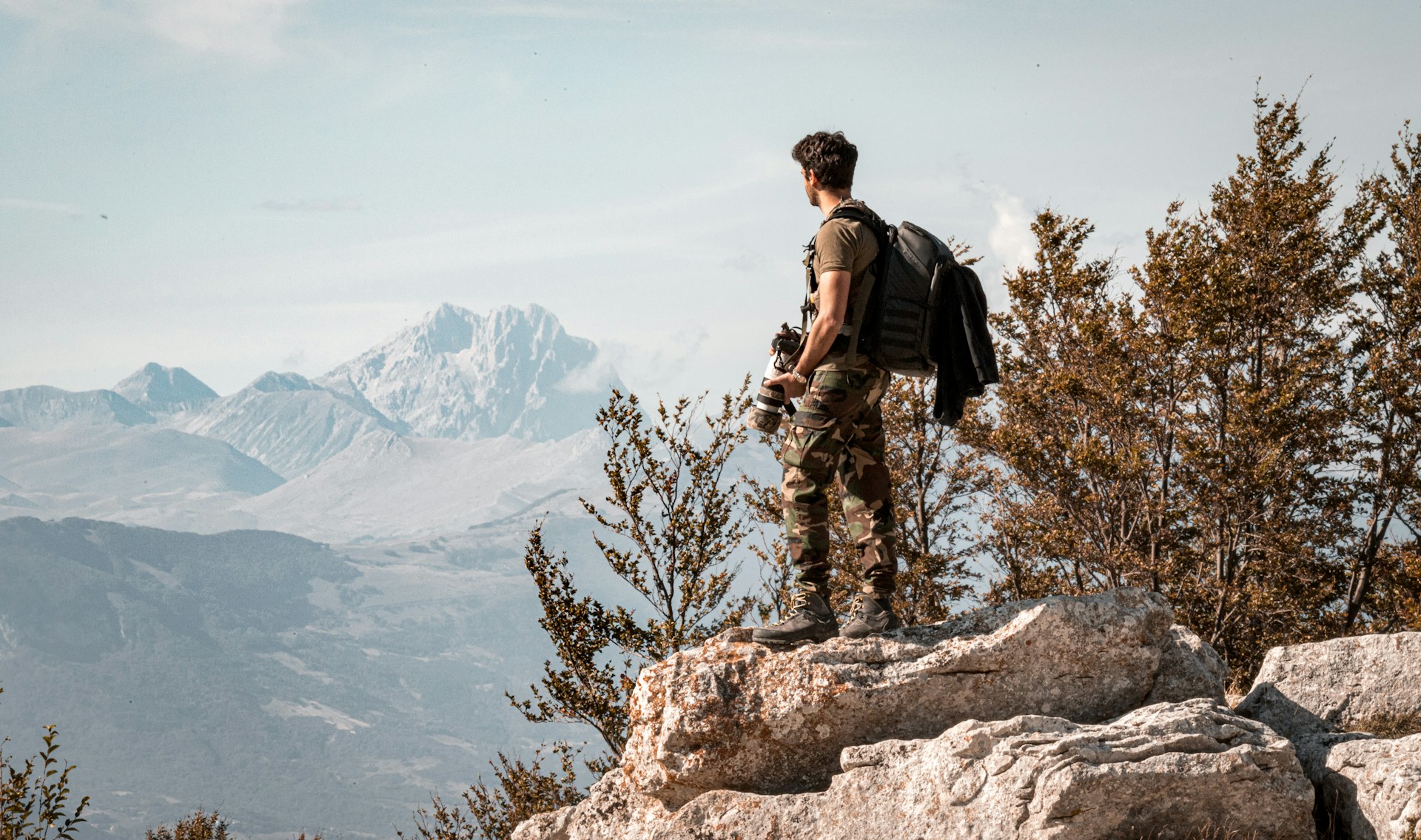Travel blogging is an art form that blends narrative and visuals to transport readers to far-off destinations. In the digital age, where attention spans are short, the power of visual storytelling cannot be overstated. Stunning photos and engaging videos can captivate your audience, enhance your stories, and make your blog posts truly unforgettable. Here are some tips to elevate your travel blog with compelling visual content.
1. Plan Your Visual Story
Before you embark on your journey, take some time to plan your visual story. Think about the key moments you want to capture and how they will complement your written narrative. Create a shot list that includes must-see landmarks, local experiences, and candid moments. This preparation ensures you won’t miss out on capturing essential visuals.
Pro Tip: Research your destination to identify unique photo opportunities and the best times to visit popular spots to avoid crowds.
2. Use High-Quality Equipment
Investing in good quality equipment can significantly improve the quality of your photos and videos. While smartphones are becoming increasingly capable, a DSLR or mirrorless camera can provide greater flexibility and superior image quality. Don’t forget about accessories like tripods, lenses, and external microphones to enhance your footage.
Pro Tip: If you’re new to photography, spend some time learning the basics of composition, lighting, and camera settings. There are plenty of online tutorials and courses that can help you get started.
3. Capture Authentic Moments
Authenticity resonates with readers. Instead of focusing solely on staged shots, aim to capture genuine moments that reflect the true essence of your travel experiences. Photos of locals going about their daily lives, spontaneous interactions, and unposed landscapes can add depth and realism to your storytelling.
Pro Tip: Be respectful when photographing people. Always ask for permission and be mindful of cultural sensitivities.
4. Master the Art of Composition
Composition is key to creating visually appealing images. Follow the rule of thirds to make your photos more dynamic. Imagine your image is divided into nine equal parts by two horizontal and two vertical lines. Place the important elements of your scene along these lines or at their intersections.
Pro Tip: Experiment with different perspectives. Get low to the ground, shoot from above, or find interesting angles to make your photos stand out.
5. Embrace Natural Light
Lighting can make or break your photos and videos. Natural light is often the best option, especially during the golden hours—shortly after sunrise and before sunset—when the light is soft and warm. Avoid harsh midday sun, which can create unflattering shadows and overexposed highlights.
Pro Tip: For indoor shots, position your subject near windows or other light sources to take advantage of natural light.
6. Tell a Story with Videos
Videos can bring your travel stories to life in a way that photos alone cannot. Capture a mix of wide shots, medium shots, and close-ups to create a visually interesting narrative. Use video to showcase the movement, sounds, and atmosphere of your destination.
Pro Tip: Keep your videos short and engaging. Edit out unnecessary footage and focus on the most compelling moments. Adding background music and narration can also enhance your storytelling.
7. Edit Thoughtfully
Post-processing is an essential part of visual storytelling. Use editing software to enhance your photos and videos, but avoid overdoing it. Aim for a natural look that accurately represents your experiences. Adjust brightness, contrast, and saturation to make your images pop, and use cropping to improve composition.
Pro Tip: Consistent editing can help create a cohesive look for your blog. Develop your own style by using similar filters, color tones, and editing techniques across your posts.
8. Use Captions and Context
While visuals are powerful, they often need context to tell a complete story. Use captions to provide background information, explain what’s happening, or share interesting facts. Well-written captions can deepen your readers’ connection to your visuals and enhance their overall experience.
Pro Tip: Keep your captions concise but informative. A good caption can complement your photo or video without overshadowing it.
9. Optimize for Web
High-resolution images and videos can slow down your website, affecting user experience. Optimize your visuals for web use by compressing files and resizing them to appropriate dimensions. This ensures your blog loads quickly and smoothly on all devices.
Pro Tip: Use image optimization tools and plugins to streamline this process. Tools like TinyPNG for images and HandBrake for videos can help reduce file sizes without sacrificing quality.
10. Engage with Your Audience
Encourage your readers to engage with your visual content by asking questions, inviting them to share their own experiences, or hosting photo contests. Engagement can increase your blog’s reach and foster a sense of community among your audience.
Pro Tip: Use social media to share snippets of your visual content and direct followers to your blog for the full story. Platforms like Instagram and TikTok are particularly effective for showcasing travel visuals.
Conclusion
Visual storytelling is a powerful tool for travel bloggers. By planning your visuals, using high-quality equipment, capturing authentic moments, mastering composition, and embracing natural light, you can create stunning photos and videos that bring your travel stories to life. Thoughtful editing, contextual captions, and audience engagement further enhance your blog’s impact. Start incorporating these tips into your travel blog and watch your posts pop with compelling visual content. Happy travels!





